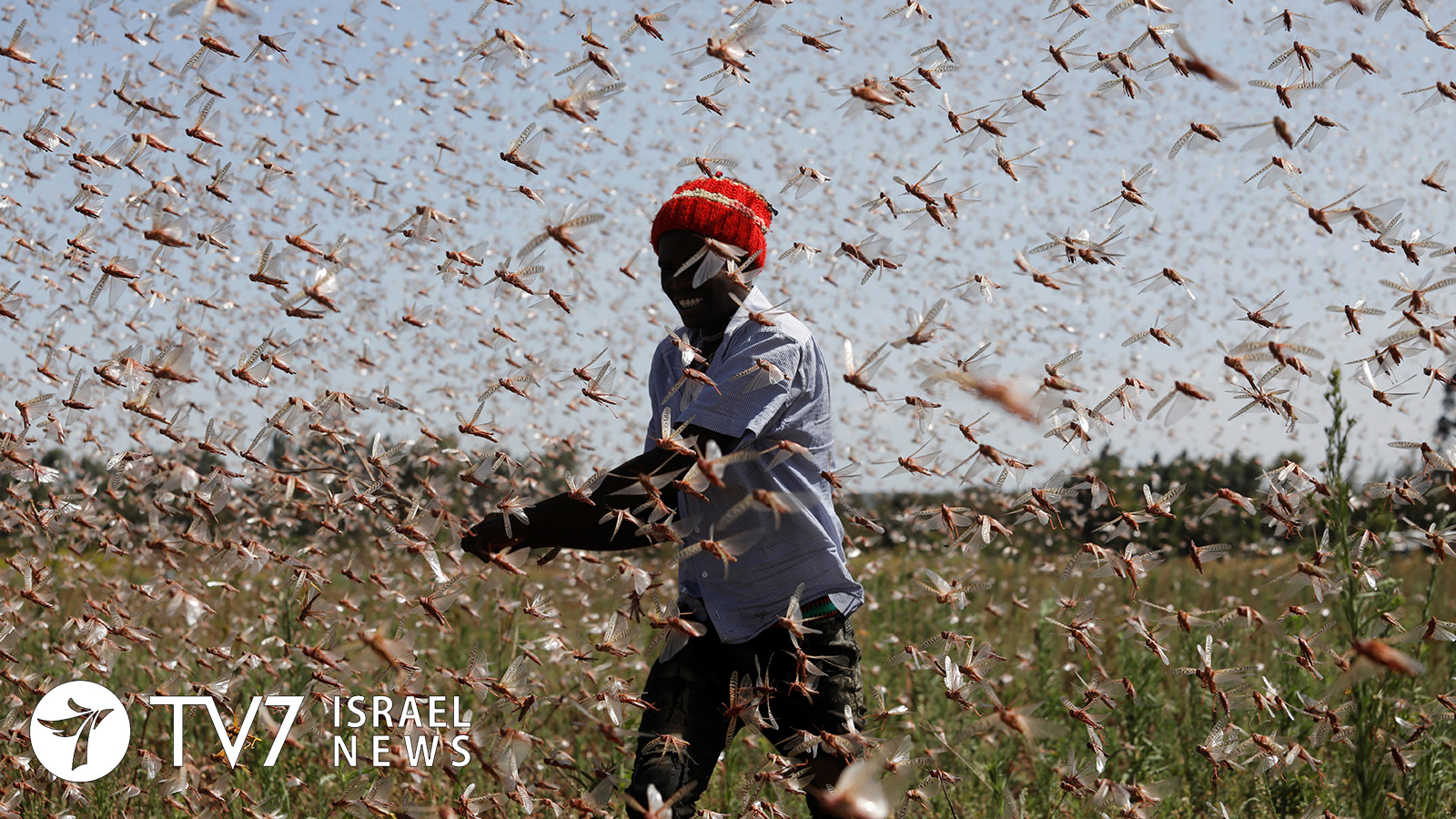Despite an earlier decline, hatching of locusts and more hopper bands are forming the Horn of Africa where rain is creating ideal conditions, particularly in eastern Ethiopia and northern Somalia.
The United Nations Food and Agriculture Organization (FAO) is therefore strongly advising that ground survey and control teams join aerial operations to locate and treat hopper band infestations immediately – to reduce the scale of eventual swarm formation before the locusts are able fledge later this month into early July.
If not prevented, the emerging swarms are likely to migrate into the Afar region in northeast Ethiopia for summer breeding in August and September, when above-normal rains are forecasted.
Once the summer rains commence, small-scale breeding is also likely to begin in the Sahel of West Africa and Sudan from July onward.
Meanwhile the FAO’s Desert Locust Information Service (DLIS) is reporting a decline of the pests in the Arabian Peninsula.
There are now fewer hopper bands in the northern interior of Saudi Arabia due to control efforts amid drying conditions. Due to heightened concern over the possible movement of some immature adult groups and the formation of a few small swarms south, control teams are already in neighboring Yemen to detect any arrivals who would then start breeding.
Currently only “solitarious” adults are currently present in Yemen, although conditions are favorable for breeding. ‘Solitarious phase locusts’ avoid one another as opposed to those categorized as ‘gregarious,’ the latter of which can form dangerous vast swarms that embark on mass migrations capable of inflicting massive agricultural damage in the countries they infest.
The Desert Locust “is the most destructive migratory pest in the world,” says the DLIS.
City-sized clouds of locusts can fly up to 150 km (90 miles) a day with the wind, and adults can consume roughly their own weight in fresh food per day. In fact, experts say that a single square kilometer swarm – estimated to consist of some 40 -80 million insects — can eat as much food as 35,000 people – in just one day.
Control operations against hopper groups are also ongoing in southwest Iran, where there is concern that few small groups of immature adults could form and move east to the Indo/Pakistan border. Low scale breeding is likely to begin with the onset of the monsoon season next month, although number of insects is expected to remain minimal.
Successful control operations were undertaken in parts of Iraq, Jordan, Syria and Lebanon against hoppers that hatched and formed small groups or bands, as a result of earlier breeding by adult groups and small swarms, that arrived in April.
The situation remains stable in Israel, which had been concerned of a locust invasion from neighboring states, which was avoided.
